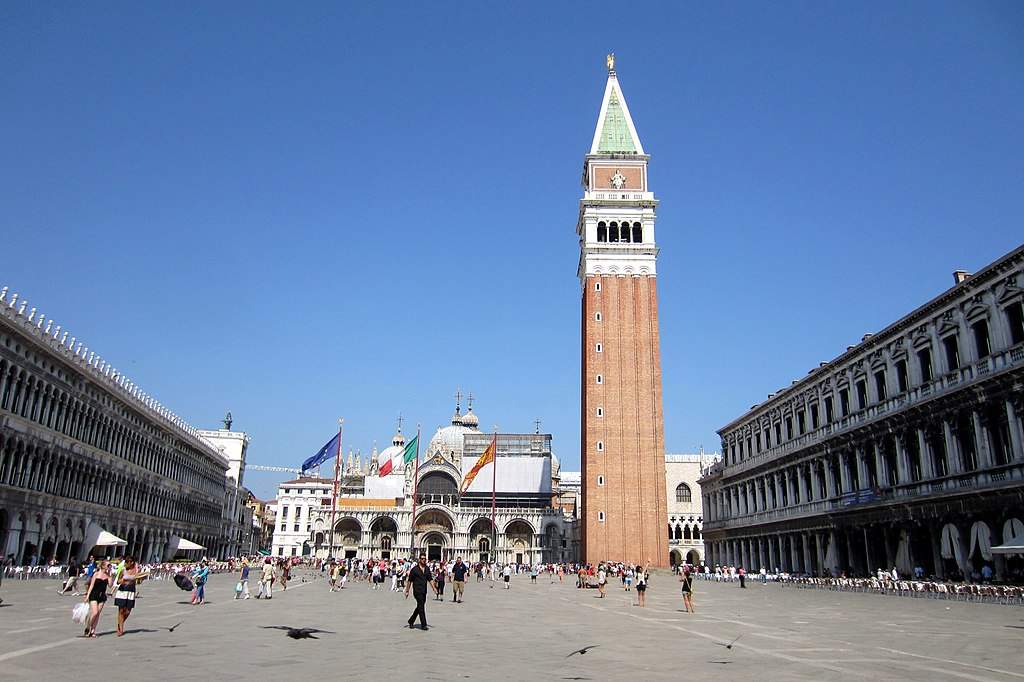In Venice, the city council has imposed a crackdown on low-cost stores: so no more cheap souvenirs made in developing countries, stop the usual t-shirts that are all the same, merchandise of dubious taste, and so on. The constraints that the Venetian administration has imposed with a resolution approved the day before yesterday (“measures to regulate the exercise of activities for the purposes of their compatibility with the needs of protection and enhancement of the cultural heritage of the area of St. Mark’s Square and the Realtina area”) are decidedly stringent.
The measure affects stores that, as far as the St. Mark’s area is concerned, face St. Mark’s Square, Piazzetta San Marco and Piazzetta dei Leoncini, while for the Rialto area, businesses with windows on the Rialto Bridge, Ruga dei Oresi, sotoportego dei Oresi, sotoportego di Rialto, Campo San Giacomo di Rialto, Naranzeria and Erbaria will have to comply with the new measures. Only merchants who sell high-fashion garments, bookstores, art galleries and antique dealers, furniture and design stores, precious objects, high-end watches, as well as those who trade and restore art objects, antique things or antiques, numismatic and philatelic items, and even artistic, typical, traditional and historical handicrafts will be allowed to exhibit in these areas.
Stores already located in these zones are required to comply within six months with the regulations under the resolution. Specifically, stores are prohibited from displaying products on door jambs (both inside and outside), using outdoor displays, employing cold lights, installing luminaries visible from the outside (such as the infamous signs that light up and illuminate), and installing window frames with complex structures. In addition, stores in the Marciana area will have to ensure that they maintain their existing furnishings, while all those selling typical crafts will have to specify the place of production.
The aim of these measures, they let the City Council know, is to protect the historical and cultural fabric of the ancient city, “also in view of the need to guard the development of tourist flows and the consequent risk of making the Ancient City lose its authentic identity,” a note reads. At the same time, the Municipality’s idea is also to “contribute to a general fight against degradation against factors likely to cause injury to general interests, such as public health, civil coexistence, urban decorum, the historic urban landscape, and the protection of the image and historical-architectural identity of the city.”
Pictured: Venice, Piazza San Marco. Ph. Credit Martin Futschegger
 |
| Venice, from now on stores in St. Mark's and Rialto areas will only be allowed to display quality merchandise |
Warning: the translation into English of the original Italian article was created using automatic tools. We undertake to review all articles, but we do not guarantee the total absence of inaccuracies in the translation due to the program. You can find the original by clicking on the ITA button. If you find any mistake,please contact us.